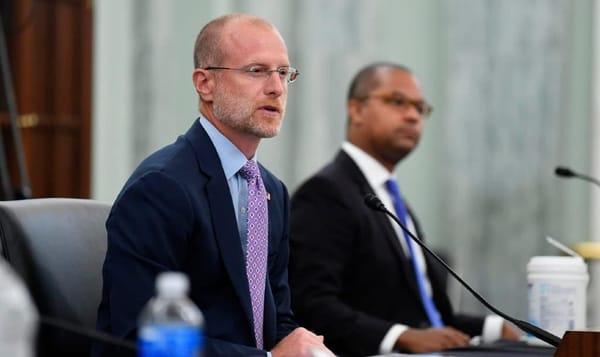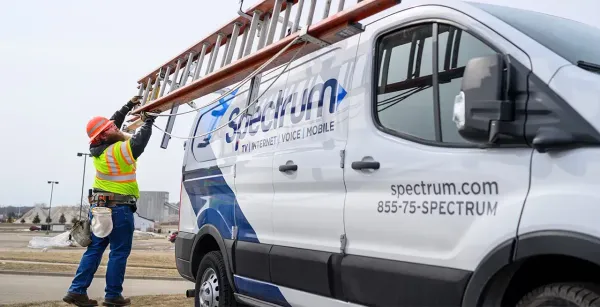Associations Release Surety Bond Information Kit
The kit includes contractor bond forms for Internet Service Providers.
Teralyn Whipple

July 12, 2024 – The National Association of Surety Bond Producers and the Surety and Fidelity Association of America released a Broadband Equity, Access, and Deployment program surety bond information kit on Tuesday.
In November, the National Telecommunications and Information Administration began accepting surety bonds as a form of security in lieu of letters of credit for the BEAD program. Security bonds act as a form of insurance, ensuring that if the recipient fails to meet the project requirements, the federal government or grantor can recover some or all of the funds disbursed. It is issued by a surety company whereas letters of credit are issued by banks.
After this announcement, NASBP and SFAA formed a surety working group to develop performance bond forms and model language to meet BEAD program requirements. The working group formed two bond forms. One addresses situations when internet service providers can qualify for bonding and furnishes the bond directly to the state broadband office. The second addresses situations when a contractor to the ISP is better suited to qualify for bonding.
“Permitting the use of surety bonds to protect federal and state funding of and investment in broadband infrastructure will ensure that these vital systems will be constructed and realized,” said NASBP CEO Mark McCallum.
NASBP Director of Government Relations Larry LeClair added that the companies are working to play an “active role with the ISP community to educate it about the surety bond product.”
“The additional security option instead of LOCs will benefit small ISPs who were having difficulty securing LOCs,” said SFAA Vice President of Policy & General Counsel Julie Alleyne. “And most importantly, state broadband offices and taxpayers will have added protection because the surety company will only furnish a bond to those it believes can complete the work successfully based on the prequalification process. In comparison, a LOC issued by a bank and secured by deposited funds does not evaluate the contractor’s ability to perform the work.”
Letters of Credit regulations required that providers obtain an assurance of 25 percent of the project cost from a bank. Often, LOCs require cash assurance, which would increase the amount of capital required to complete broadband projects, marking a significant hurdle for small providers.









Member discussion